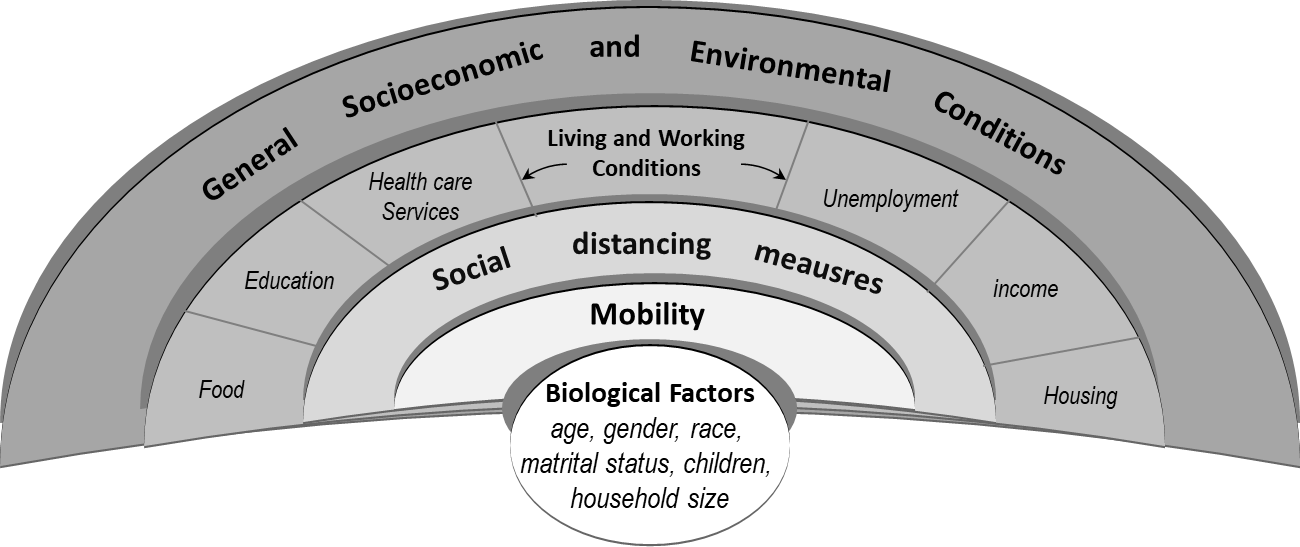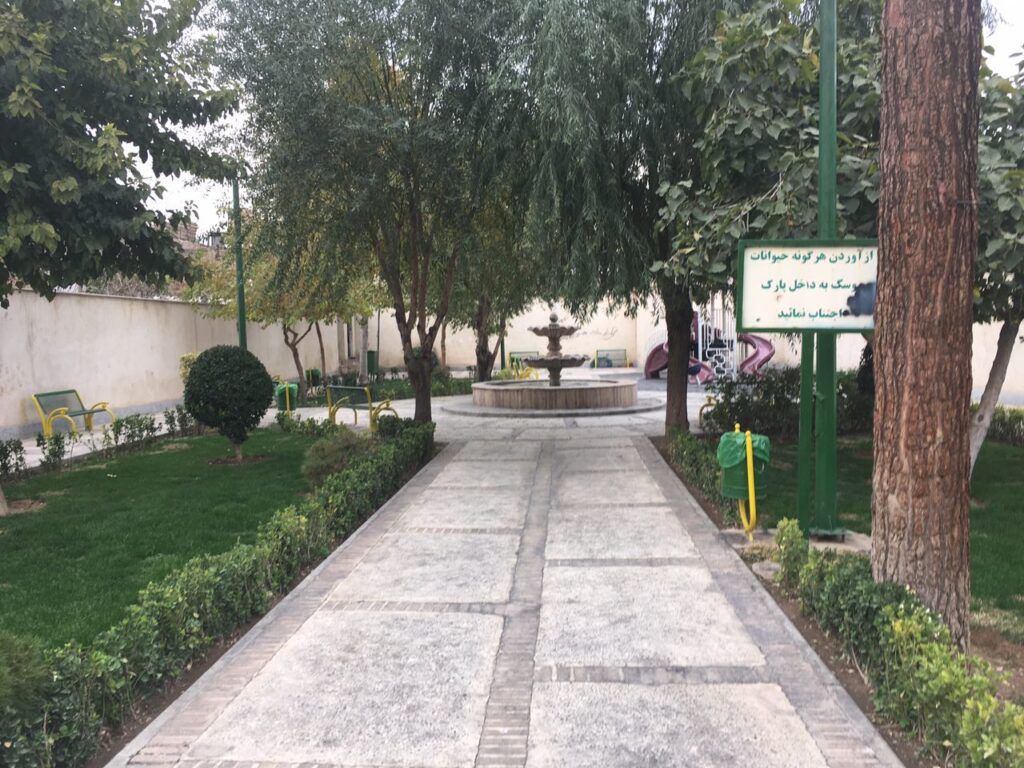City Know-hows

Target audience
World Health Organization; National public health officials; Local and community public health experts.
The problem
Early COVID-19 studies found relationships between social distancing and mental health problems (anxiety and depression) but their complexity in the contexts of unequal individual capacity and uneven community attributes remains untested.
What we did and why
To reveal the complexity in terms of health inequity, we used a series of statistical models, plus nationally representative and COVID-19-specialized data from the Household Pulse Survey administered by the U.S. Census Bureau between April 23, 2020, and June 7, 2021.
Our study’s contribution
We found that:
Lack of community capacities during the pandemic (e.g. poverty and transit use) and individuals’ economic vulnerabilities (e.g. income loss, food insufficiency, housing instability) exacerbated mental illnesses as social distancing measures were prolonged
A more stringent stay-at-home order was found to be related to an increased risk of experiencing anxiety, depression, and their comorbidity.
The negative impact of the stay-at-home order on mental illnesses is unequal across subpopulation groups of different ages, races and ethnicity, income, and household size
Impacts for city policy and practice
Our findings suggest that:
the psychological impact of social distancing order can be determined by combining the effects of both individual and community capacities.
Our study, which supports others, demonstrate the need to improve the physical environment to implement more sustainable health policies in different communities and cities across the world
Further information
U.S. Centers for Disease Control and Prevention (CDC): Official indicators of anxiety and depression during the COVID-19 pandemic in the U.S.
Full research article:
Understanding the community and social determinants in mental health inequity: the impact of mass social distancing during the COVID-19 pandemic by Jin Hui Lee, JungHo Park & Min Sook Park
Related posts

This study contributes to the broader discourse on urban design for children, offering insights into how cities can create more inclusive, engaging, and health-promoting environments. It supports and adds to existing literature, finding that the alignment of play initiatives with public health goals, and strong collaboration between local government departments are effective in supporting children’s play on the strategic level. It identifies barriers to play in policy, namely budget constraints and deprioritisation of play.

How people use energy affects their health, current approaches focus on behavioral change or interventions in the home. This strategy discounts the influence of healthcare. To integrate healthcare into this issue we need to engage with how it is already understood within healthcare and what the challenges are.

Discover how local environments shape resident well-being. Our study reveals the profound impact of physical and social neighbourhood features on adults’ quality of life. Uncover the key elements that make a community thrive and their implications for urban planning and policy.